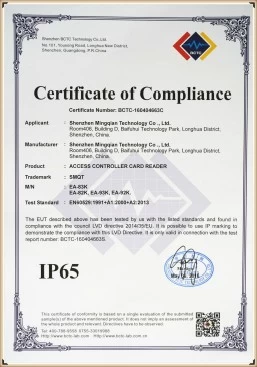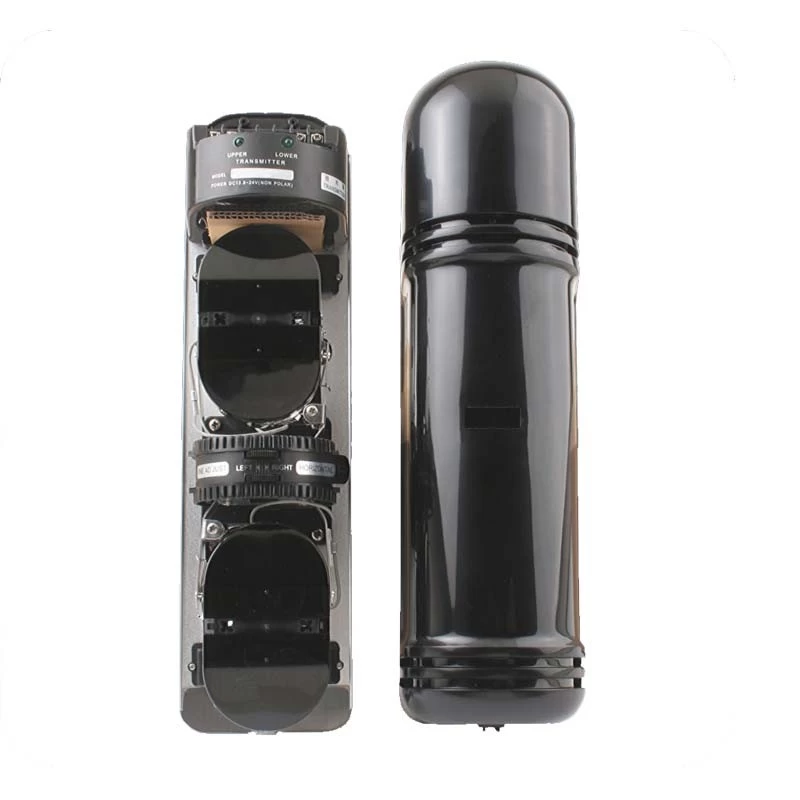Laser beam sensor technical
Helen Li
TECHNOLOGY
2016-07-15 14:12:28
The integration of laser power beaming, laser-assisted sensing, and laser communication subsystems into autonomous vehicles, airborne and space platforms demands new techniques to steer a laser beam. The new techniques should promote the realization of beam steering devices with large optical apertures which are conformally integrated into the mechanical structure of the platform. The wish list of requirements comprise well-known properties: compact, lightweight, low power, agile, multi-spectral, large field of regard.
The angular spread of a laser beam, especially for long range applications, is inherently small because of the high antenna gain of apertures at optical wavelengths.
Consequently, the direction of propagation of a laser beam is generally controlled in two steps:
(1) A turret with gimballed optical elements points the field-of-view of a transmitting/receiving telescope into the required direction and compensates for platform motions with moderate accuracy and speed.
(2) A beam steering device steers the laser beam within the field-of-view of the telescope in order to acquire and track a target.
The subject matter of this review are novel laser beam steering techniques. Beam steering devices are capable of
• pointing a laser beam randomly within a wide field-of-regard,
• stepping the beam in small increments from one angular position to the next,
• dwelling in each position for the required time on target.
In contrast, scanning devices move the beam axis continuously and switching devices are only able to address predefined directions. Reviews of current technologies for steering, scanning, and switching of laser beams are found in references.




















